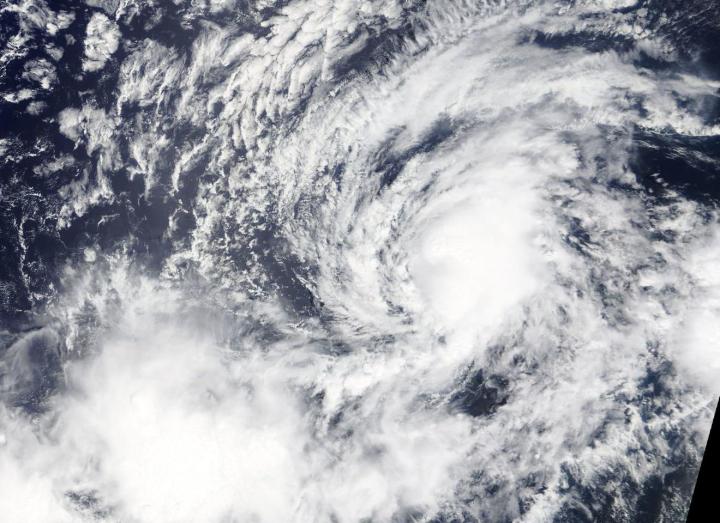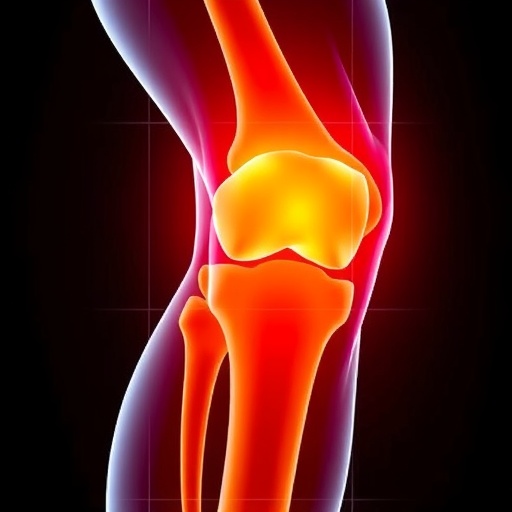
Credit: Credit: NASA Worldview
NASA’s Terra satellite is one in a fleet of NASA satellites that provide data for research. Terra captured an image of Tropical Storm Kiko in the Eastern Pacific Ocean which showed the extent of the small storm.
On Sept. 19, the Moderate Imaging Spectroradiometer or MODIS instrument that flies aboard Terra provided a visible image on Kiko. The image showed that the storm is compact. Tropical-storm-force winds only extend outward up to 45 miles (75 km) from the center making the storm about 90 miles (150km) in diameter.
Since the MODIS image, a pair of microwave satellite images between (5 a.m. and 7 a.m. EDT) 0900 and 1100 UTC on Sept. 20 revealed that Kiko has redeveloped a well-defined low-level inner circulation. NOAA’s National Hurricane Center (NHC) said, “However, most of the deep convection (strongest thunderstorms) associated with the tropical storm is located northeast of the center, a result of moderate southwesterly [wind] shear.”
At 11 a.m. EDT (1500 UTC), the center of Tropical Storm Kiko was located near latitude 17.7 degrees north and longitude 130.2 degrees west. That puts the center about 1,360 miles (2,190 km) west-southwest of the southern tip of Baja California, Mexico. Kiko is moving toward the north-northwest at near 6 mph (9 km/h). A turn toward the west is expected tonight, followed by a turn toward the west-southwest over the weekend. Maximum sustained winds have increased to near 60 mph (95 kph) with higher gusts. Slight additional strengthening is possible today, but only small changes in intensity are expected during the next several days. The estimated minimum central pressure is 999 millibars.
Hurricanes are the most powerful weather event on Earth. NASA’s expertise in space and scientific exploration contributes to essential services provided to the American people by other federal agencies, such as hurricane weather forecasting.
###
For updated forecasts, visit: https:/
By Rob Gutro
NASA’s Goddard Space Flight Center
Media Contact
Rob Gutro
[email protected]
Original Source
https:/




